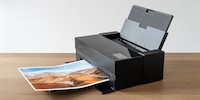
Background information
Fine Art Printing, Part 1 – basics and printers
by Samuel Buchmann

Thick or thin, matt or glossy, smooth or textured – not all paper is the same. You can choose from a wide range of types and manufacturers. I tried ten different types of fine art paper to find out which ones I’d recommend.
Choosing paper is one of the most important decisions in fine art printing. The medium determines your print’s final impression – both aesthetically and haptically. And a print on high-quality paper can last 50 years, long enough to show your grandchildren. Looking like it did on the day of printing. Meanwhile, a photo from a cheap online provider will have long since faded.
What makes good paper? What different types are there? Which paper is suitable for what? This, the third and final part of my series, deals with these questions. If you missed part one or two, you can find them here:
If this is your first time using fine art paper, you might be scratching your head. Why would you spend 5 francs on a sheet of Hahnemühle A3 paper? What a rip-off! Canon offers photo paper in the same format for 50 cents each!
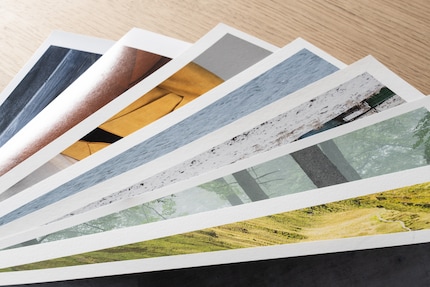
The ten times higher price is justified. Cheap «photo paper» is mass-produced, usually consisting of lignin-containing cellulose, a polyethylene film and a carrier coating. Its bright white colour is achieved with inexpensive optical brighteners. The problem – lignin and the brighteners yellow quickly under UV light, the coatings degrade over time. A photo on cheap paper will discolour in daylight after a few years. The surface can also only reproduce a limited colour space too.
Fine art paper, on the other hand, is made of cotton or alpha cellulose. For some years now, there have also been variants made from bamboo, hemp, agave or sugar cane. All these materials have something in common – they’re free of lignin and acid. In their natural state, they have a matt surface and a slightly yellowish colour. As this isn’t suitable for all motifs, you’ll also find bright white and glossy fine art papers. Here, barium sulphate is used in the layer that receives ink. It’s chemically stable and extremely resistant to light.
The result of using high-grade materials? Your paper doesn’t yellow, or only does so very slowly. As a rule, the ink will change colour first. According to research institute Wilhelm Research, an exhibited print on good paper under glass will keep its colour for at least 60 years. Protected from light for over 200 years.
Fine art paper also fulfils other criteria in addition to durability:
Manufacturing such paper is complex and difficult. German market leader Hahnemühle has been producing it since 1584. In Germany. This European production location is one of the reasons why the paper is somewhat more expensive than Canon and Epson equivalents. But the extra charge is worth it, as you’ll see in a moment.
Fine art paper can be differentiated in four ways:

For my series, I bought various paper types – from the two printer manufacturers Canon and Epson as well as from Hahnemühle. I try out glossy, smooth matt and textured matt paper from each, and as a bonus, an exotic bamboo type. My test method isn’t scientific – the following impressions are entirely subjective.
The Hahnemühle FineArt Baryta is one of my favourites in this series. It’s a bright white paper made from alpha cellulose – glossy, but not too much so. Some structure is still visible under the barium sulphate coating, but not too much. Thanks to the bright white tone, colour reproduction is excellent and blacks also look rich. A great all-round paper on which almost any motif looks good.
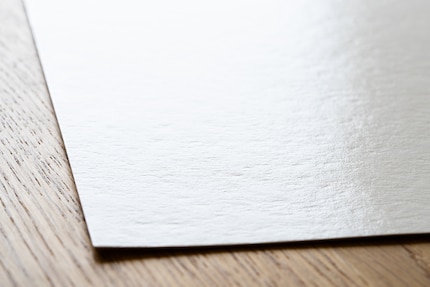
Epson’s Traditional Photo Paper has a similar gloss level to FineArt Baryta. However, the surface structure is smoother. On some specimens, I see weblike patterns that slightly bother me. And although the paper is as reflective as the Hahnemühle, the contrasts appear more matt. This is suboptimal for powerful images meant to pop. All in all, not bad paper, but it doesn’t completely convince me. However, it’s cheaper.
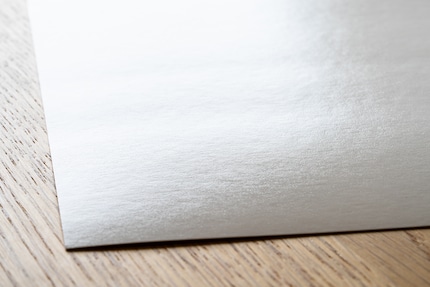
Canon Photo Paper Pro Platinum costs half as much as Hahnemühle FineArt Baryta. Unfortunately, it looks cheaper as well. The surface has no texture at all, shining like a mirror. Despite being quite heavy at 300 g/m², the paper feels too soft and curves irregularly. I can’t find any information on what it’s made of – Canon only mentions «increased resistance to fading». Whatever that means. As a result, I can’t recommend this paper.
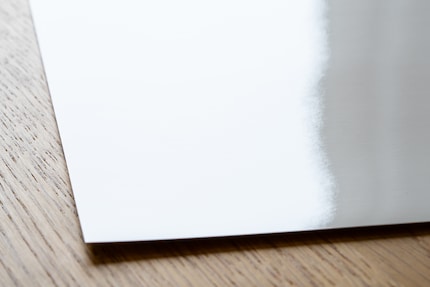
Hahnemühle Photo Rag is a simple classic among matt paper types. You can buy it in different grammages – 308 g/m² is a good middle ground. This cotton paper has a very subtle texture with a beautiful feel. It’s white, but not bright white. As with all matt paper, black reproduction is poorer than with glossy papers, but at least there’s no annoying reflections. I like Photo Rag quite a bit. It doesn’t push itself into the foreground, but is still clearly recognisable as fine art paper.
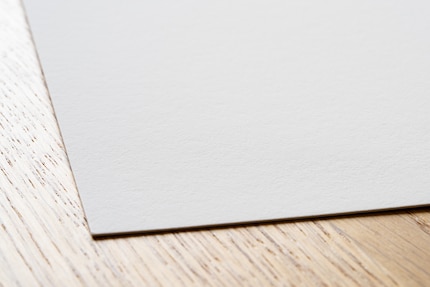
Epson Velvet Fine Art is also made of cotton with an inkjet coating that allows good colour reproduction. It’s more textured and slightly lighter than Hahnemühle Photo Rag, but I don’t like the surface. It looks like orange peel and is too regular for me. At the same time, the texture isn’t pronounced enough for me to consciously use as an effect. As a result, the paper is neither fish nor fowl and I’d take others over it.
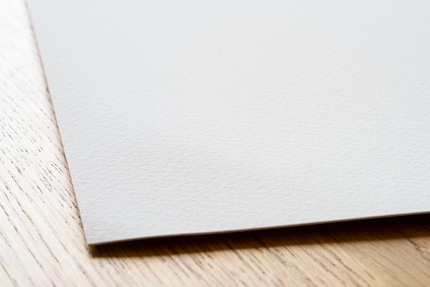
Moving on to Canon, I first tested inexpensive Photo Paper Pro Premium Matte. I prefer it over the shiny Platinum version. Although its surface is practically completely smooth too, this is less of a problem with matt paper. On the negative side, however, I notice that the paper is slightly transparent. This isn’t a problem on a white background when using a frame, but it will be in a portfolio box. The colour tone is even warmer than Photo Rag. No information yet on shelf life. For budget prints that don’t have to last forever, Photo Paper Pro Premium Matte isn’t a bad choice.
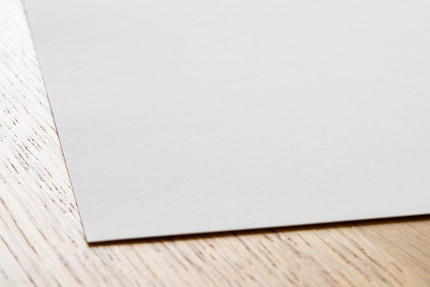
Hahnemühle Bamboo represents all paper made from exotic materials in my test. It consists of 90 per cent bamboo fibre and 10 per cent cotton. As Bamboo doesn’t contain any optical brighteners, it’s highly resistant to ageing. It has a very warm tone that doesn’t match all pictures. The surface texture is also relatively striking. I personally prefer Hahnemühle Photo Rag. However, in terms of quality, Bamboo is in no way inferior.
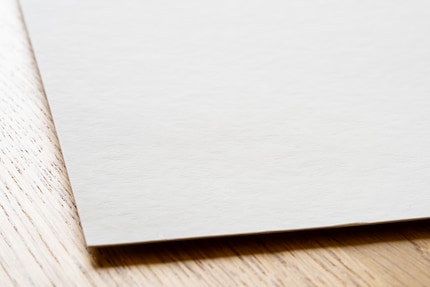
With Epson Fine Art Cotton Textured Bright, I’m getting into more textured paper. These types are suitable if you’re consciously aiming for an artistic look. However, Fine Art Cotton Textured doesn’t suit me at all. For exactly the same reason as Velvet Fine Art – the texture is far too regular. It looks artificial, and it probably is. The paper’s pretty expensive too – good colour reproduction on bright white does nothing to change this.
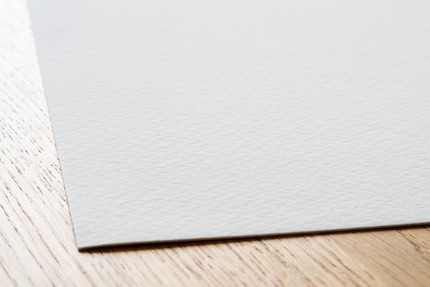
Canon Premium Fine Art Rough also fails because of texture that’s too regular. The structure is more pronounced than Epson’s textured paper – and too restless for me. Too bad – the feel and colour reproduction are just right. I’d probably like the smooth version of the same paper. Like the rough version, it’s made of 100 per cent cotton.
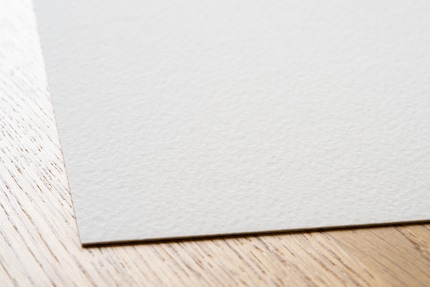
Once again, I’m really happy with Hahnemühle. Museum Etching, with a grammage of 350 g/m², feels like thin cardboard. It’s made entirely from cotton without optical brighteners. The texture is clearly visible, but looks natural and not intrusive. I’d describe Museum Etching as an intensive version of Photo Rag. It doesn’t suit every motif, partly because of its natural white colour, but subtle landscapes and portraits will look like paintings.
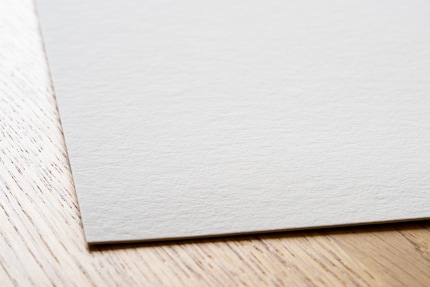
If you go to the trouble of fine art printing, don’t skimp on paper. Viewed in isolation, most paper types in this article might look high-quality. In a direct comparison, however, premium manufacturer Hahnemühle clearly stands out. The traditional German company goes to great lengths to make its paper as resistant to ageing as possible. In contrast to Canon and Epson, they’re always fully transparent about what materials they use. I trust them.
Not only that, Hahnemühle paper simply looks better. Every type feels outstanding and sports natural-looking textures. Especially on this last point, Canon and Epson aren’t even in the same league. At least with their papers I tested here, structures look artificial – either unnaturally smooth or annoyingly pronounced and regular. Of the two printer manufacturers, I’d at most recommend plain matt papers such as Canon Photo Paper Pro Premium Matte or Epson Enhanced Matte. They aren’t suitable for archiving purposes, but at least they don’t cost too much. And of course, there are other paper manufacturers that I haven’t tested here.
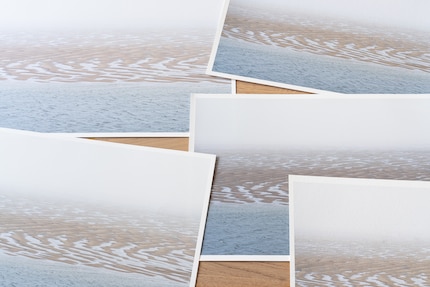
Paper type is a matter of taste. Should the pictures pop? Go for a shiny type. Matt papers can’t display contrasts as well, but they appear more elegant to many people. Textured types are suitable depending on the motif. They look very unique, but can also get in the way. Test packs like these let you try out different structures without spending hundreds of francs or euros.
And that’s my series! I hope it’s given you a little insight into the complex, expensive, but also beautiful world of fine art printing. My articles only scratch the surface. If you’re interested in the topic, I recommend Fine Art Printer magazine – in print form, of course.
My fingerprint often changes so drastically that my MacBook doesn't recognise it anymore. The reason? If I'm not clinging to a monitor or camera, I'm probably clinging to a rockface by the tips of my fingers.
Interesting facts about products, behind-the-scenes looks at manufacturers and deep-dives on interesting people.
Show all